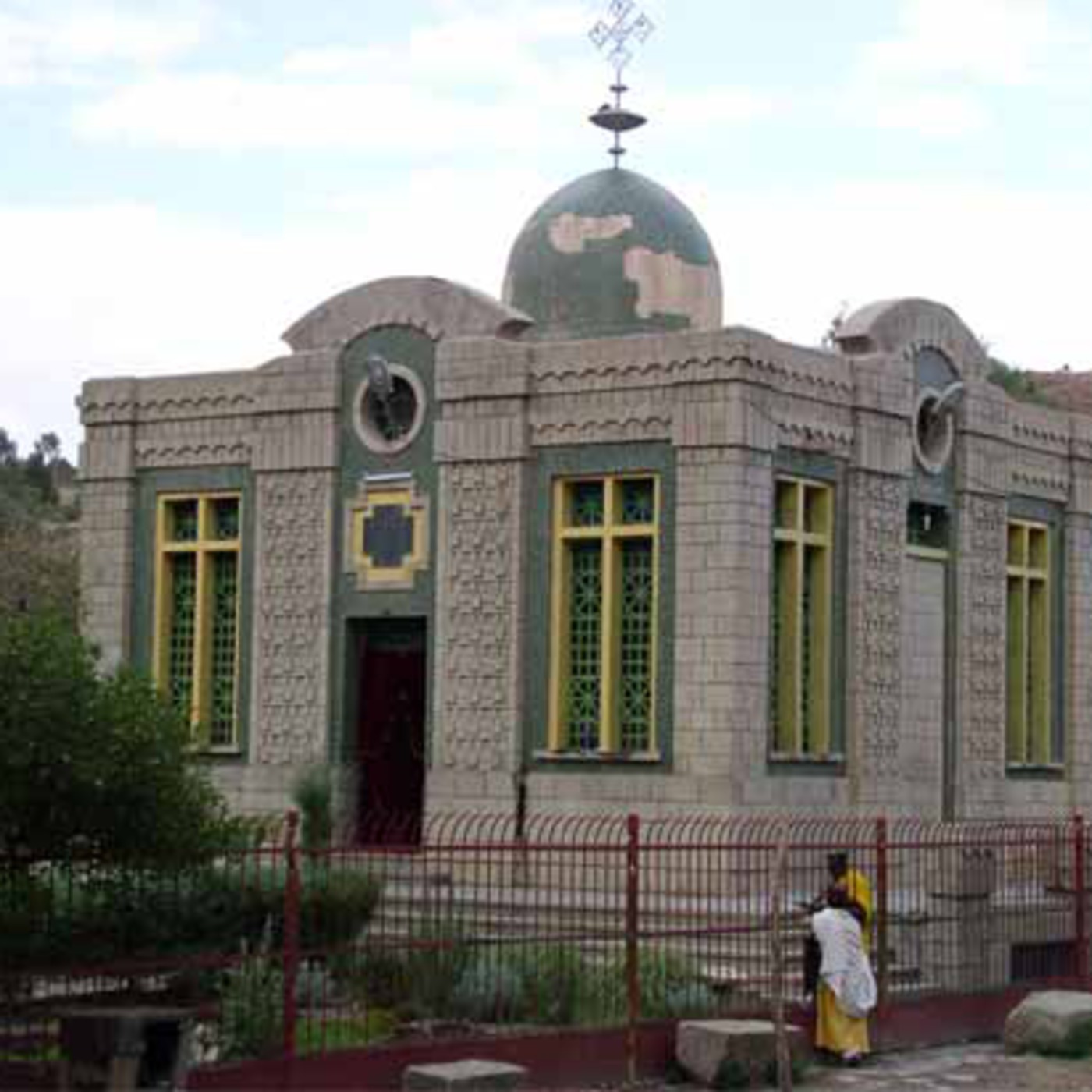Ethiopian Orthodox Tewahedo Church
Subscribed: 23Played: 695
Subscribe
© Copyright 2025 Yonas Abebe
Description
Recent history
The Coptic and Ethiopian Churches reached an agreement on 13 July 1948 that led to autocephaly for the Ethiopian Church. Five bishops were immediately consecrated by the Coptic Pope of Alexandria and Patriach of All Africa, empowered to elect a new Patriarch for their church, and the successor to Abuna Qerellos IV would have the power to consecrate new bishops. This promotion was completed when Coptic Orthodox Pope Joseph II consecrated an Ethiopian-born Archbishop, Abuna Basilios, 14 January 1951. Then in 1959, Pope Cyril VI of Alexandria crowned Abuna Baslios as the first Patriarch of Ethiopia.
Patriarch Abune Basilios died in 1971, and was succeeded that year by Patriarch Abune Tewophilos. With the fall of Emperor Haile Selassie in 1974, the Ethiopian Orthodox Tewahedo Church was disestablished as the state church. The new Marxist government began nationalising property (including land) owned by the church. Patriarch Abune Tewophilos was arrested in 1976 by the Marxist Derg military junta, and secretly executed in 1979. The government ordered the church to elect a new Patriarch, and Abune Tekle Haymanot was enthroned. The Coptic Orthodox Church refused to recognize the election and enthronement of Abune Tekle Haymanot on the grounds that the Synod of the Ethiopian Church had not removed Abune Tewophilos and that the government had not publicly acknowledged his death, and he was thus still legitimate Patriarch of Ethiopia. Formal relations between the two churches were halted, although they remained in communion with each other.
Patriarch Abune Tekle Haymanot proved to be much less accommodating to the Derg regime than it had expected, and so when the Patriarch died in 1988, a new Patriarch with closer ties to the regime was sought. The Archbishop of Gondar, a member of the Derg-era Ethiopian Parliament, was elected and enthroned as Patriarch Abune Merkorios. Following the fall of the Derg regime in 1991, and the coming to power of the EPRDF government, Patriarch Abune Merkorios abdicated under public and governmental pressure. The church then elected a new Patriarch, Abune Paulos, who was recognized by the Coptic Orthodox Pope of Alexandria. The former Patriarch Abune Merkorios then fled abroad, and announced from exile that his abdication had been made under duress and thus he was still the legitimate Patriarch of Ethiopia. Several bishops also went into exile and formed a break-away alternate synod. This exiled synod is recognized by some Ethiopian Churches in North America and Europe who recognize Patriarch Abune Merkorios, while the synod inside Ethiopia continues to uphold the legitimacy of Patriarch Abune Paulos.
After Eritrea became an independent country, the Coptic Orthodox Church granted autocephaly to the Eritrean Orthodox Tewahdo Church with the reluctant approval of its mother synod, the Ethiopian Orthodox Tewahido Church.
As of 2005, there are many Ethiopian Orthodox churches located throughout the United States and other countries to which Ethiopians have migrated. The church has more than 38 million members in Ethiopia, forming about half the country's population.
Orthodox Prayers -
2 Episodes
Reverse
Top Podcasts
The Best New Comedy Podcast Right Now – June 2024The Best News Podcast Right Now – June 2024The Best New Business Podcast Right Now – June 2024The Best New Sports Podcast Right Now – June 2024The Best New True Crime Podcast Right Now – June 2024The Best New Joe Rogan Experience Podcast Right Now – June 20The Best New Dan Bongino Show Podcast Right Now – June 20The Best New Mark Levin Podcast – June 2024








eritrean orthodox
eritrean orthodox mezmur